Fireball XL5: My Wonderland of Stardust?

A few weeks back, we celebrated Supercar's 64th anniversary with our website editor, Fred McNamara, taking a personal deep dive into his changing relationship with the classic 1961 Supermarionation series, and how it's a series he's come to appreciate for its low-key charm. It drew quite a response from our readers! Fred now turns his attention to Supercar's follow-up and addresses why Gerry Anderson's first giant leap into science fiction remains a mixed bag...
Drama at Space City
My journey into discovering Fireball XL5 has proved to be practically the same as Supercar. Having entered Gerry Anderson's fantastic worlds via that holy trinity of Stingray, Thunderbirds, and Captain Scarlet, 7-year-old-me feverishly devoured as many more of his productions as I could find. Bearing in mind that this was during the late 1990s/early 2000s, long before the advent of streaming, and physical boxsets of cult sci-fi tele were unusual. You had to devour your chosen series in batches - four episodes of Stingray or Captain Scarlet to a VHS, or two episode per Thunderbirds release. If you were lucky, you chanced upon a bumper compilation of about four Thunderbirds episodes squeezed onto one video. The stuff of dreams!

This was how I discovered Gerry's earlier, black-and-white works, and 7-year-old me struggled to be as instantly enamoured by them as I was with the exploits of International Rescue or Spectrum. But where Supercar has transcended its primitive trappings to reveal itself as a pleasingly intimate, character-driven adventure series whose low-key qualities are a perfect antidote to the raucous techno-disaster of Thunderbirds or the Martian menace of Captain Scarlet, Fireball XL5 continues to prove a bitter bill to swallow.
In my Supercar retrospective, I explain how my generational perspective of discovering Gerry Anderson series (via the most well-regarded productions to start with) unintentionally resulted in initially looking down on Supercar and Fireball XL5 as lesser shows compared to the dizzying heights in quality that AP Films would achieve once they were filming in colour. But where I've found unexpected qualities to thoroughly enjoy with Supercar, I'm still on a mission to seek and locate those qualities within Fireball XL5.

Where Supercar's then-contemporary setting of the 1960s makes its world and characters feel more believable and engaging, Fireball XL5's hyper-futuristic stance only has the opposite effect. The galactic adventures of the flagship vessel of the World Space Patrol are pivotal in the development of Supermarionation as an art form and of AP Films' growing confidence in outer-space sci-fi. But it's not a full-proof production. Fireball XL5's freewheeling approach to scientific authenticity treads a constant line between boasting an unpredictable storytelling scope and coming off as just annoyingly grating when placed under the slightest scrutiny. I generally don't mind that the adult residents of Black Rock Laboratory suddenly take adoptive care of a young child for seemingly no reason - but oxygen pills?

Again, this feels like a definite consequence of coming to the series after having experienced the comparatively sophisticated depiction of deep-space adventure we see in action throughout Thunderbirds and Captain Scarlet. Fireball XL5 goes to absurd lengths to constantly remind you that we're in the idealised world of 2062, drawing regular parallels to technological advancements that have improved since the 20th century. But if Steve Zodiac is to be believed, women haven't changed one bit since the 1960s. Ruddy hell, Steve. He may be the next level in the archetypal space-age Supermarionation hero after Mike Mercury, but I struggle to see the same bonds of friendship between these characters as I do for the Black Rock gang.
Stingray's depiction of underwater creatures and civilisations is a direct advancement of Fireball XL5. One doesn't exist without the other, and it's not Fireball XL5's fault that AP Films' gained expansive filming resources and an increased budget to produce Stingray. But Fireball XL5's archaic impenetrability remains in play for me. Supercar's lack of pomp enables it to stand on its own merits, but so much of my viewing experiences of Fireball XL5 boils down to me thinking "This storyline was done better in Stingray," or "Thunderbirds had better rockets."
A Stardust Wonderland?
I may not revisit Fireball XL5 as often as I indulge in Gerry's other worlds, but each time I give Fireball XL5 a fresh chance, I find myself coming to the same conclusion; where I nowadays find Supercar to be a wonderful cohesive experience and I can dip in and out of most episodes, I find that Fireball XL5 is best enjoyed in a piecemeal fashion. I thoroughly enjoy Supercar as a series, but with Fireball XL5, it's exclusively on an episode-by-episode basis.

My favourite episodes tend to be the ones that dispense with the space-age fairy tale light-heartedness that plagues so many adventures and embrace that aforementioned looseness of scientific accuracy by giving us some startlingly surreal and deadly alien enemies. The silent yet animal-like savageness of the unnamed Aquaphibian from XL5 to H20, the crazed Kudos and his accompanying ghostly echoes of his long-dead race from Last of the Zanadus and the grotesque disembodied sentient brain with hypnotic capabilities from The Hypnotic Sphere are some of the more definite highlights I enjoy from the series. Turns out I'm quite happy to trade in sophisticated portrayals of space exploration when it gives us memorably frightening aliens!
From a production aspect, I find a lot to like in how Fireball XL5 portrays outer space with a minimalist appeal. Behind-the-scenes materials show that the series made puppets and props in colour, but the series' monochromatic format lends a visually eerie starkness to even the lightest of stories. Compared to Supercar, there's a feeling of renewed emphasis placed on dynamic lighting used throughout the series to illuminate the hostile territory of unknown deep space. The contrast between dominating shadows and soft lightning is a simple yet effectively subtle tool to bring the series' various alien worlds to life.

That approach to the series' cinematography is reflected in the series' industrialised aesthetic. Compared to the sleek perfection of the Thunderbird machines or the kaleidoscopic colourfulness of any number of enemy craft seen in Stingray, Fireball XL5 boasts a grimier visual flavour in its vehicles, stripped of colour and not overburdened by too much intricate detail. There's a workman-like appeal to rockets, satellites, shuttles, and space stations seen throughout the series, something that's arguably lost as each successive Supermarionation series enhanced the production design of each series that came before.
Fireball XL5 has yet to totally win me over in the same way as Supercar has, and I don't foresee the 1962 series succeeding in appealing to me as an overall series anytime soon. But doesn't that make for a far more interesting viewing experience of these classic productions? Wouldn't it be far duller if they all shared the same level of appeal and therefore blurred together in their supposed qualities? There's a growing number of episodes I'm finding myself drawn to when revisiting the series - the aforementioned XL5 to H20 and Last of the Zanadus are stone-cold classics, but so too is Convict in Space, with its knotty plot and enemy saboteurs backstabbing each other, and the thrilling pyrotechnics of The Fire Fighters are a great showcase of the series' special effects.
I may not find Fireball XL5 to be the wonderland of stardust that it is for others, but I'm content to savour its winning elements in my own fashion. There are some real boss episodes to be found within the series' trappings, and to disregard the series entirely would be such a tootie move.
Sign up to the Anderson Entertainment newsletter to receive all the latest Gerry Anderson news, exclusive releases and more transmitted direct to your inbox!
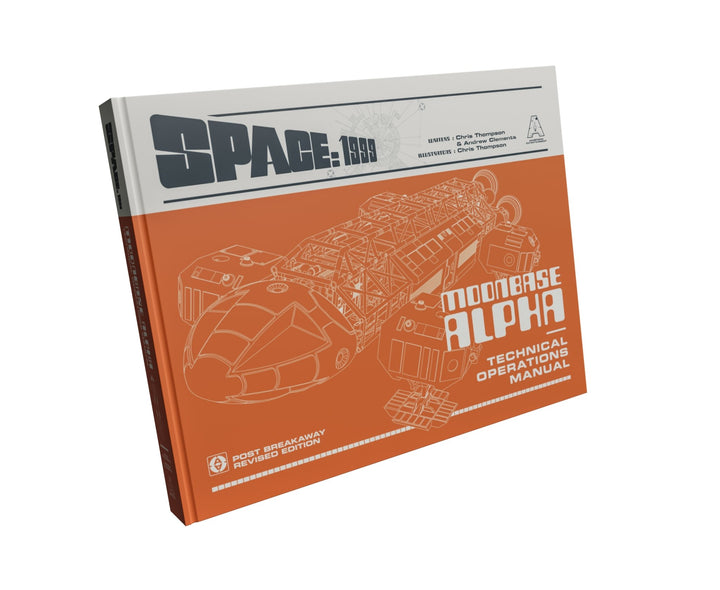
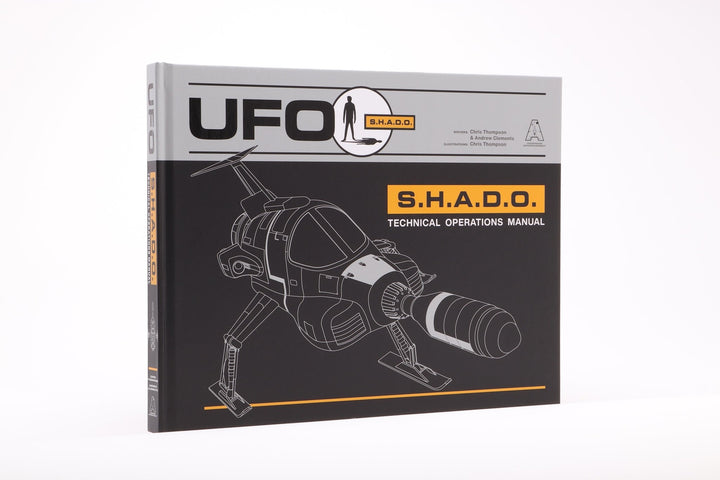
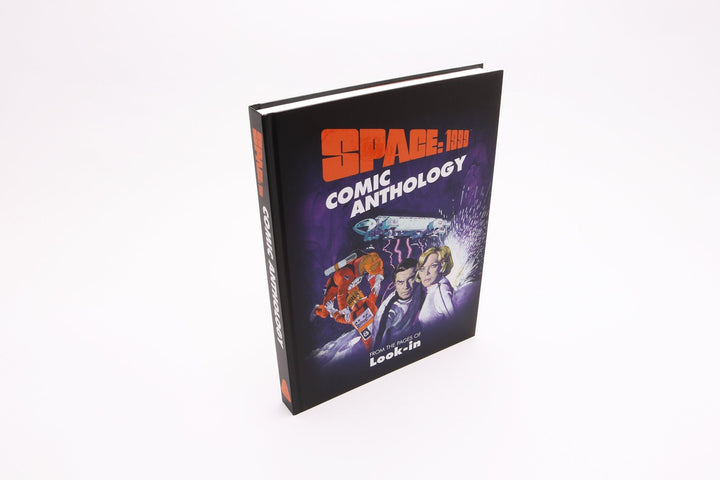
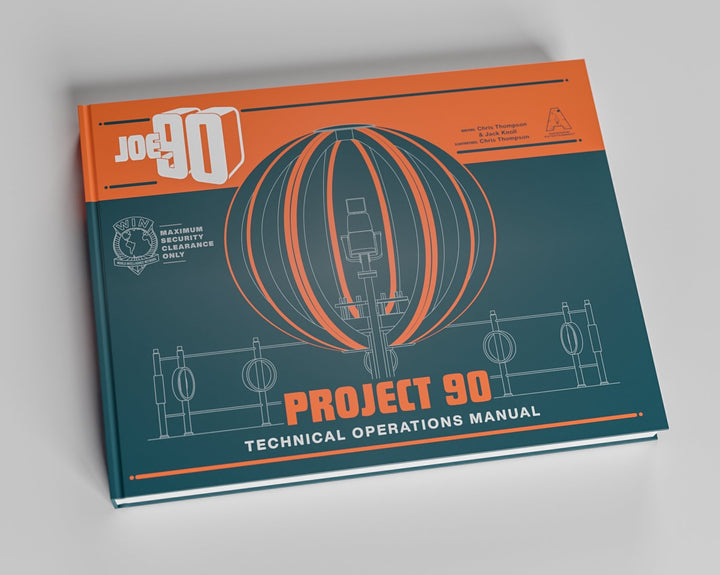
![Thunderbirds Comic Anthology Volume One [HARDCOVER] - The Gerry Anderson Store](http://gerryanderson.com/cdn/shop/files/thunderbirds-comic-anthology-volume-one-hardcover-8030771.jpg?v=1751089031&width=720)
![All Sections Alpha: The Making of Space: 1999 [HARDCOVER] - The Gerry Anderson Store](http://gerryanderson.com/cdn/shop/files/all-sections-alpha-the-making-of-space-1999-hardcover-7498116.png?v=1757766647&width=720)
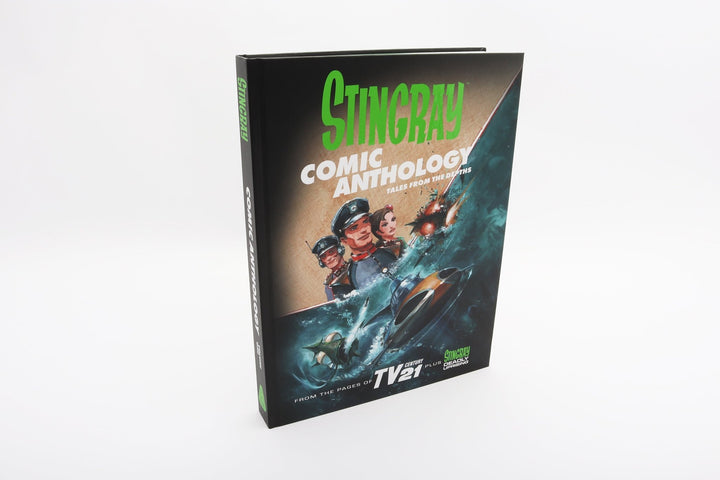
![Stingray Comic Anthology Volume Two – Battle Lines [HARDCOVER] - The Gerry Anderson Store](http://gerryanderson.com/cdn/shop/files/stingray-comic-anthology-volume-two-battle-lines-hardcover-107681.jpg?v=1738856151&width=720)
![Stingray W.A.S.P. Technical Operations Manual Standard Edition [HARDCOVER] - The Gerry Anderson Store](http://gerryanderson.com/cdn/shop/files/stingray-wasp-technical-operations-manual-standard-edition-hardcover-112278.jpg?v=1749664163&width=720)
![Stingray WASP Technical Operations Manual Special Limited Edition [HARDCOVER BOOK] - The Gerry Anderson Store](http://gerryanderson.com/cdn/shop/files/stingray-wasp-technical-operations-manual-special-limited-edition-hardcover-book-991914.jpg?v=1749657538&width=720)
![Stingray: The Titanican Stratagem – Signed Limited Edition [HARDCOVER NOVEL] - The Gerry Anderson Store](http://gerryanderson.com/cdn/shop/files/stingray-the-titanican-stratagem-signed-limited-edition-hardcover-novel-129251.jpg?v=1740558711&width=720)




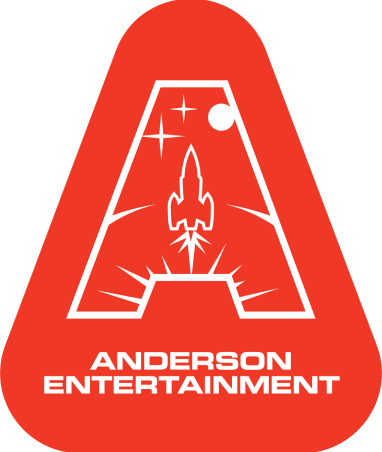



4 comments
I grew up with this amazing show when it first came out in America, 1963 or 1964…And when I revisited it with my wife a few years ago, we fell in love with it all over again. Sci Fi in the 1950s and 1960s was SO different…after all, why let logic dictate a good story? I DIDNT see Scarlet or Joe90 when young, and can barely stand them now. Joe90 especially, Tony Barwick was such a goofy writer! LOVED all the explosions, though!
For many Brit kids growing up in the early 1960s Fireball XL5 was an eye-opening introduction to a life-long fascination with outer space and the possibilities of space travel. We can forgive the absurdities of oxygen pills and other bottles of fantasy woo because of the place the series holds in the puppetry Hall of Fame, as a major trigger of childhood imaginations.
My personal perceptions of the characters in the show are different to Fred’s, as they were for all kids growing up with black & white TV. The characters seemed very real to kids of that generation as a cohesive group of friends and co-workers exploring the galaxy. There was even the ever present prospect of a secret love affair between Steve and Venus, for the more romantically inclined.
I wonder how many scientists, teachers and leaders in other professions got their first jolt of space juice from watching the antics of Mr Zodiac & Co.
Fireball XL5 is the best.
Oxygen pills came about when Gerry Anderson told Terry Nation about the expense XL5 series would endure making spacesuits for the characters. It was Nation who suggested oxygen pills. Apparently science was different in those days and oxygen pills could be used without worrying about pressure or temperature or radiation!